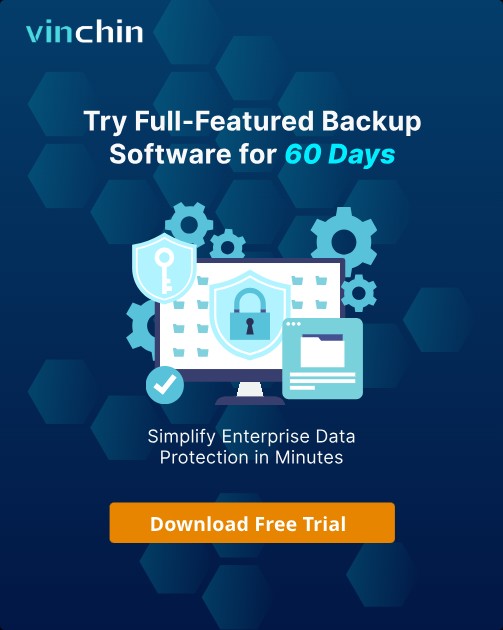-
Proxmox Backup vs Snapshot
-
When should use a backup or use a snapshot of the VM?
-
How to create a snapshot in Proxmox VE?
-
How efficiently backup Proxmox VM?
-
Proxmox backup vs snapshot FAQs
-
Conclusion
Proxmox is a powerful open-source platform for deploying and managing virtual machines and containers. It offers various tools and features to ensure the reliability and availability of your virtual infrastructure. Two key features that play a crucial role in data protection and disaster recovery are backups and snapshots.
Proxmox Backup vs Snapshot
A Proxmox backup involves creating a complete copy of a VM or container, including all its data, configuration files, and settings. Backups can be stored on local or remote storage, depending on the configuration. They are typically used to protect against data loss due to hardware failure, software corruption, or accidental deletion.
A Proxmox snapshot is a point-in-time copy of a VM or container’s state, including its disk content and memory state. Snapshots are lightweight and do not require significant storage space beyond what is already allocated to the VM or container. They are primarily used for testing and development purposes, as well as for quick recovery from minor issues.
When should use a backup or use a snapshot of the VM?
Snapshots and backups in Proxmox serve different purposes in various scenarios. Snapshots are temporary recovery points ideal for safeguarding against system changes that could render the system unusable. Since snapshots are stored on the same drive as the virtual machine, they are only suitable for short-term use. If the hard drive fails, you lose both the VM and its snapshots. Therefore, snapshots should not be kept for long periods, and they will be deleted if the VM is restored from a backup or removed.
Backups, on the other hand, are a long-term solution independent of the local system, usually involving data copied to a separate storage device or remote host. This makes backups more reliable for preserving data in case of hardware failures, suitable for long-term storage and full VM restoration. While the recovery process from a backup may take longer, it is essential for protecting critical data. In summary, snapshots are best for quick rollbacks and preventing software failures, while backups safeguard against hardware failures and provide long-term data security.
How to create a snapshot in Proxmox VE?
To create a snapshot from the web interface:
1. Click a VM > hit Snapshot > choose Take Snapshot
2. Enter the Name and Description > click Take Snapshot
To create a Proxmox snapshot from the command line:
1. View the list of all virtual machines on the current Proxmox host.
qm list
2. Create snapshot:
qm snapshot [vmid] [snapshot_name] [OPTIONS]
How efficiently backup Proxmox VM?
Proxmox VE includes an integrated backup server for safeguarding VMs and containers, but it’s prudent to employ a secondary, specialized data protection solution.
Vinchin Backup & Recovery delivers a suite of enhanced backup functionalities for Proxmox. These include automated VM backups, agentless backup, both LAN and LAN-Free backup options, offsite copy, instant restore, and efficient data compression techniques. This suite adheres to the 3-2-1 backup rule, ensuring a comprehensive shield for your data’s security and integrity within Proxmox VE.
Moreover, Vinchin Backup & Recovery fortifies your Proxmox VE VM backups with dual layers of security through data encryption and anti-ransomware protection. The solution also facilitates seamless data migration between Proxmox hosts and other virtual environments, ensuring flexibility and ease of transition.
It only takes 4 steps for you to backup Proxmox VE VMs:
1. Select the backup object.
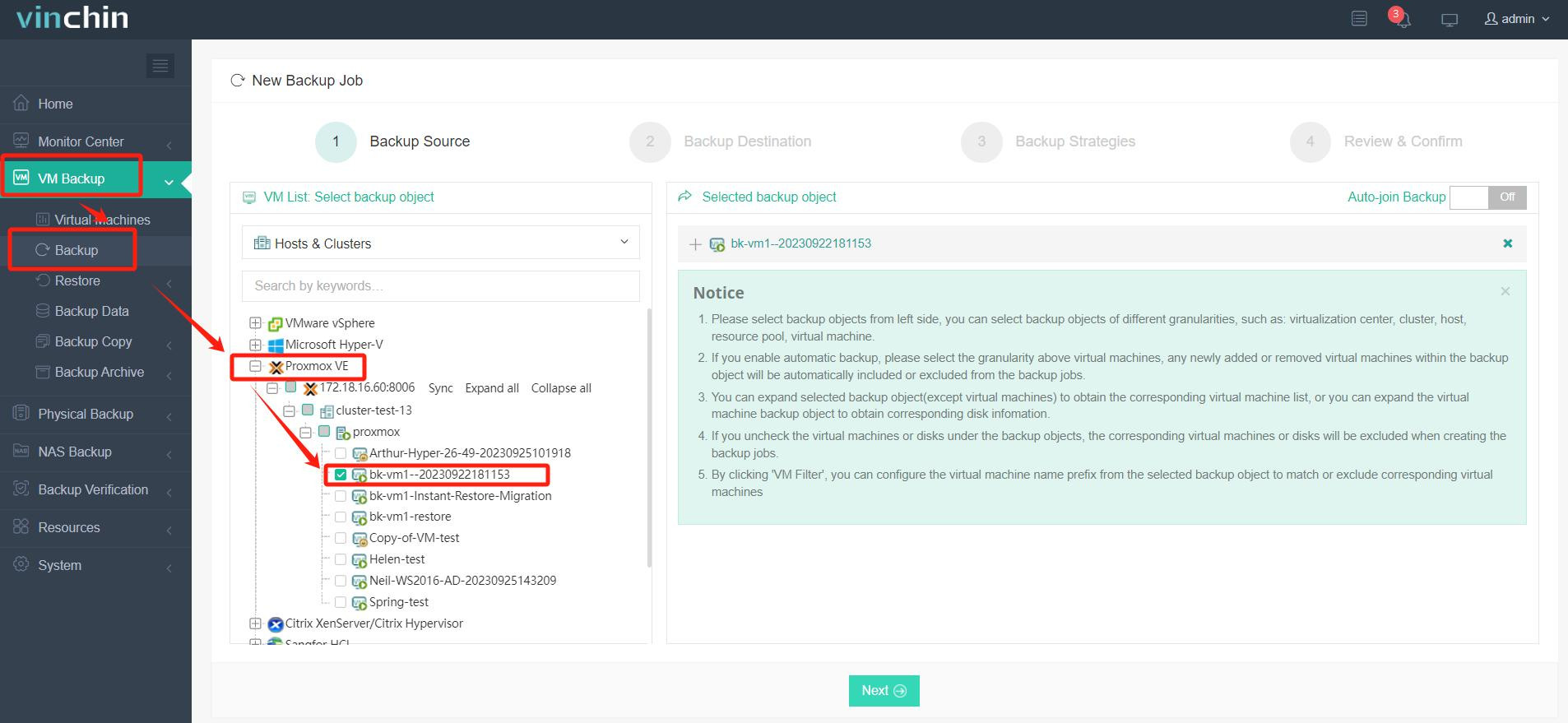
2. Select backup destination.
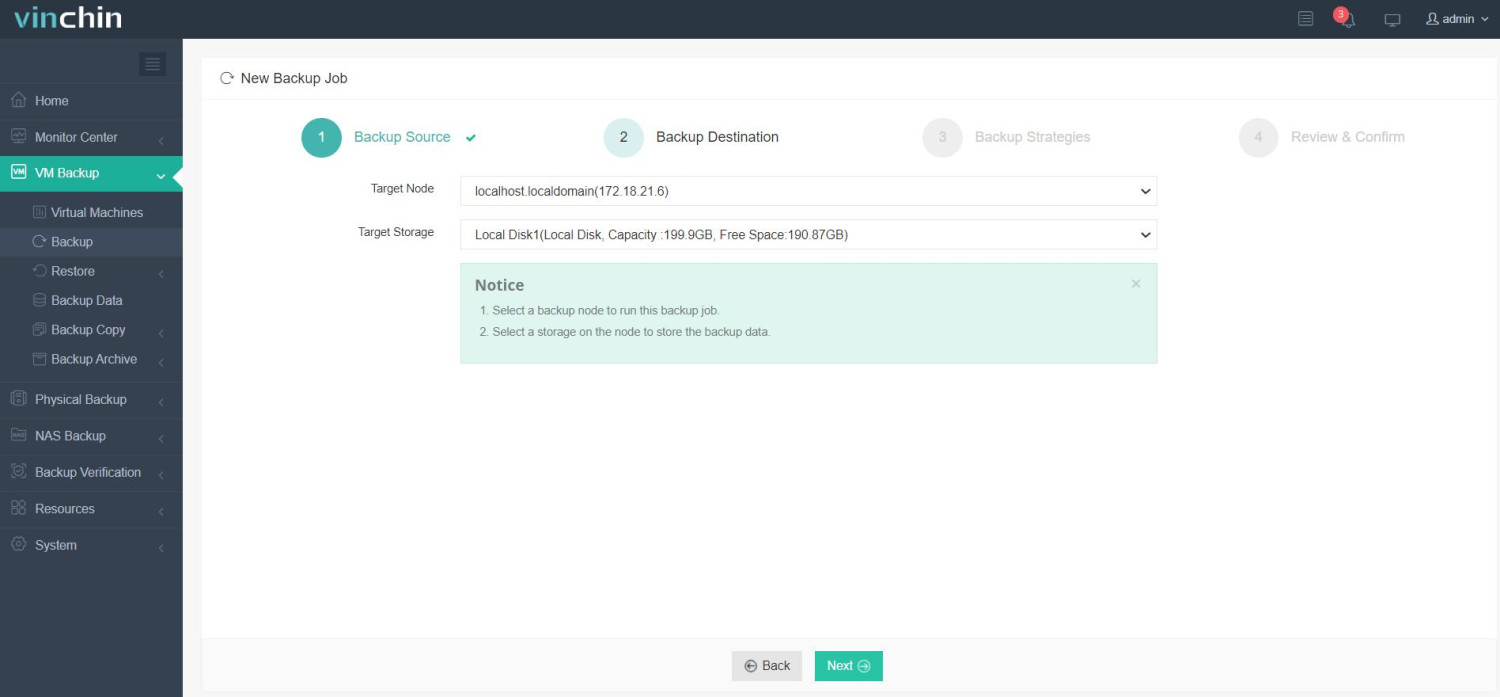
3. Configure backup strategies.
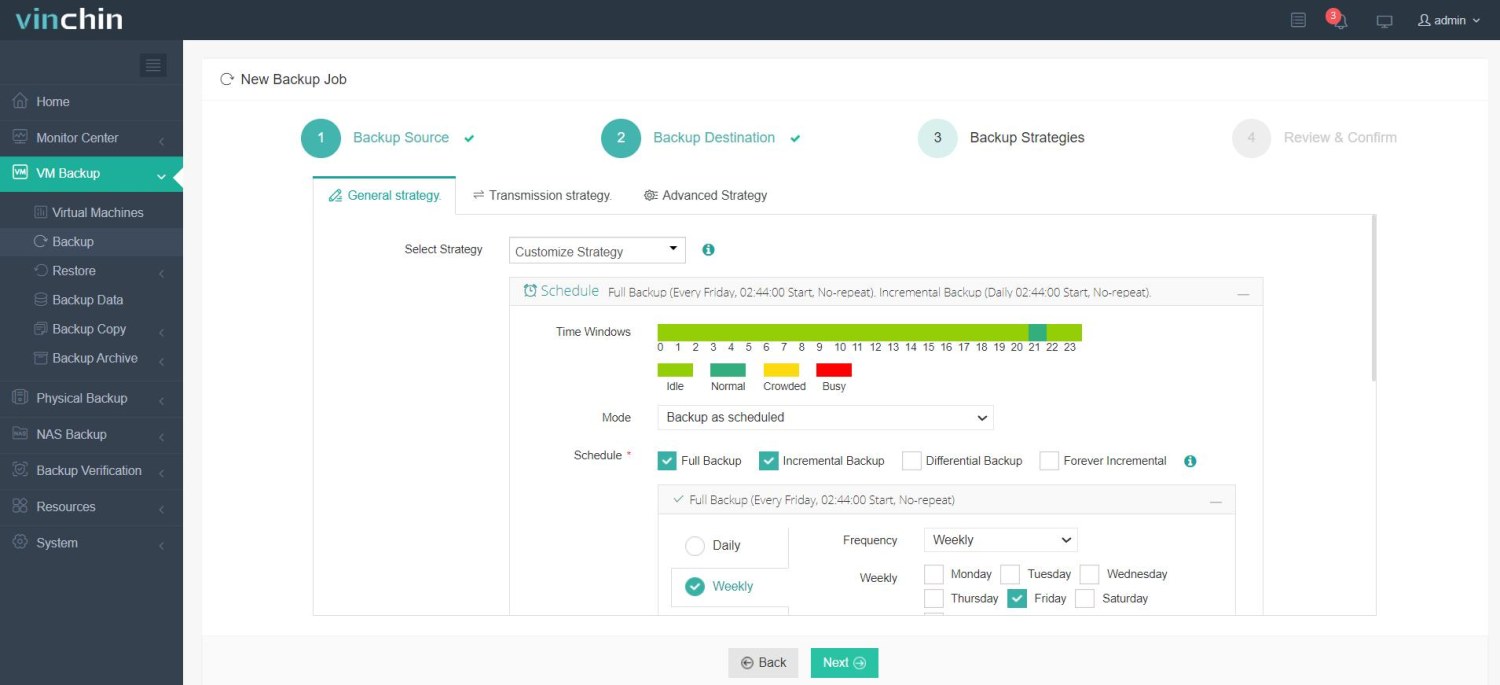
4. Review and submit the job.
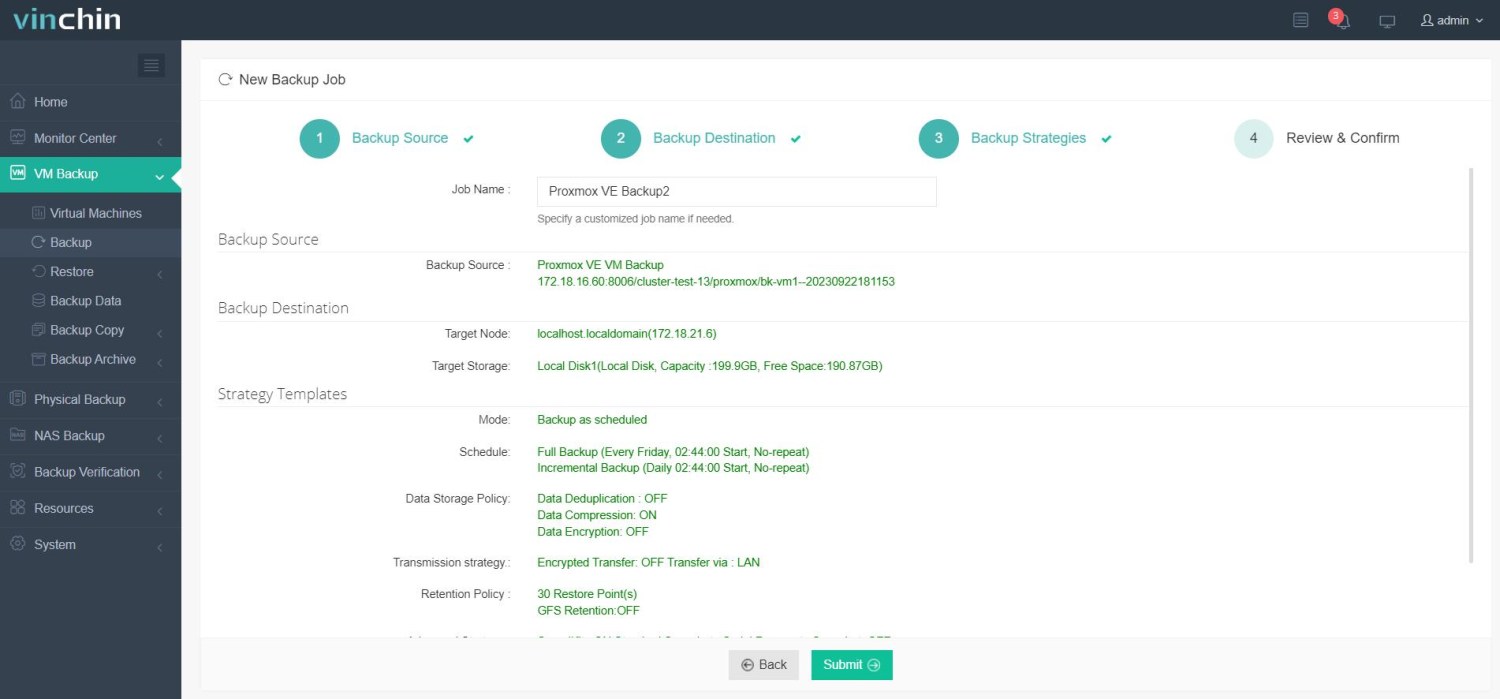
Besides Proxmox, Vinchin supports over 10+ virtual platforms like VMware, Hyper-V, XenServer, oVirt, XCP-ng, etc. You have a 60-day full-featured free trial to experience how effective Vinchin Backup & Recovery is to protect your virtual environment.
Proxmox backup vs snapshot FAQs
1. Q: Can I use snapshots as a replacement for backups?
A: Snapshots should not be used as a replacement for backups. While snapshots are useful for quick recovery within the same storage, they do not protect against storage failures or data corruption. Backups provide a more robust and secure method for protecting your data.
2. Q: Can the snapshots be restored without restoring the entire VM?
A: No, snapshots in Proxmox cannot be restored independently; they require rolling back the entire VM to the snapshot state.
Conclusion
To conclude, using backups for long-term data protection, disaster recovery, compliance, and migration. They provide a full, independent copy of your VMs, making them ideal for scenarios where long-term retention and off-site storage are necessary. Using snapshots for short-term protection, such as before making changes to a VM. They are quick to create and restore, offering an efficient way to revert to a previous state. However, they are not a substitute for full backups, especially in disaster recovery scenarios.
Share on:





